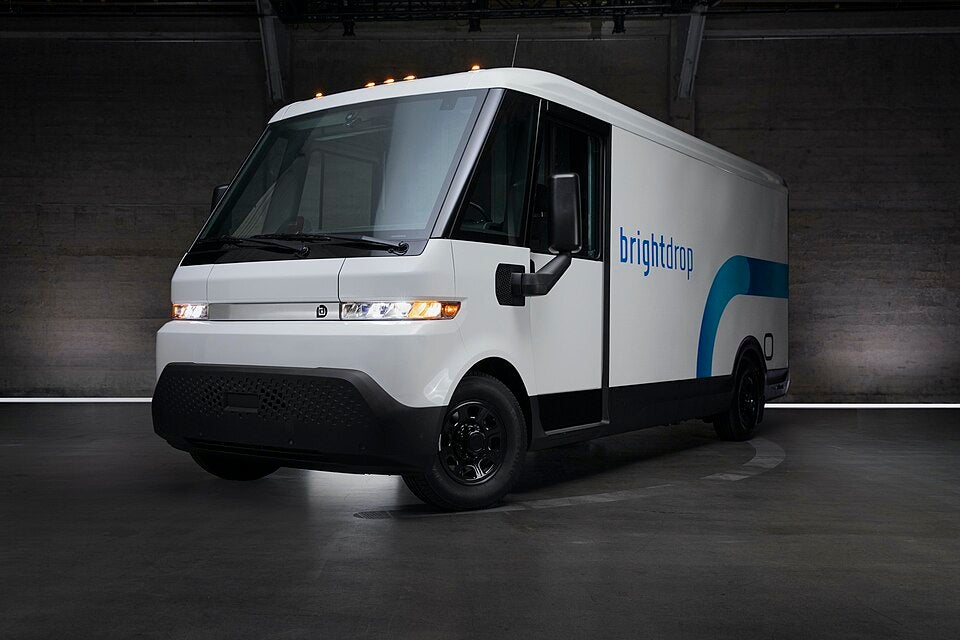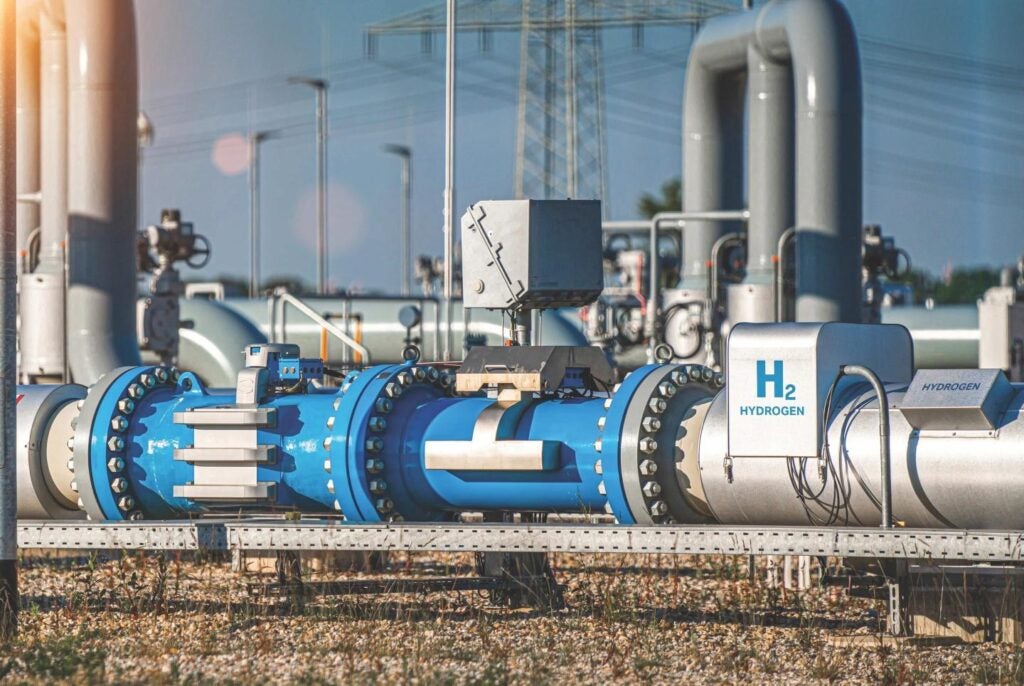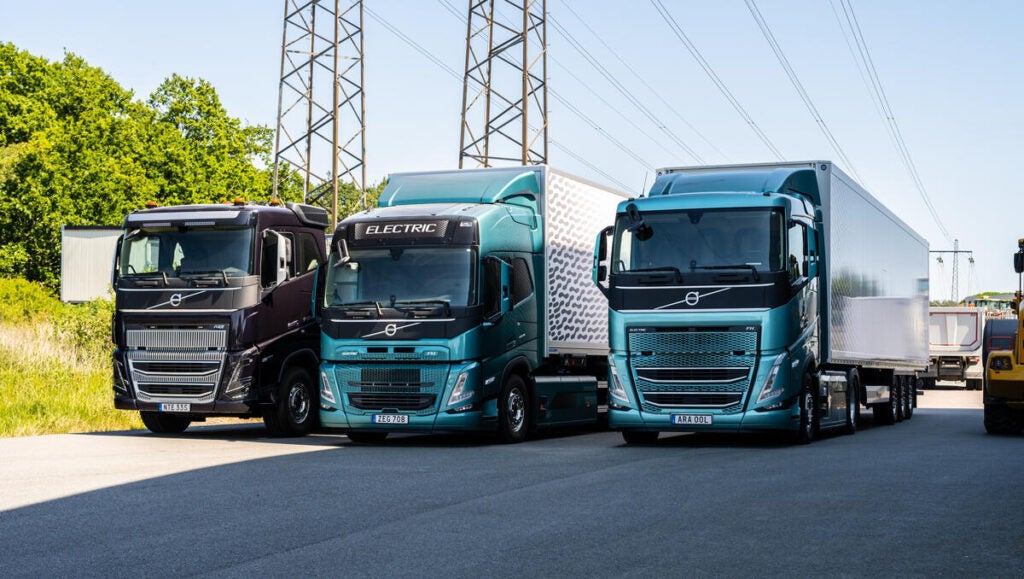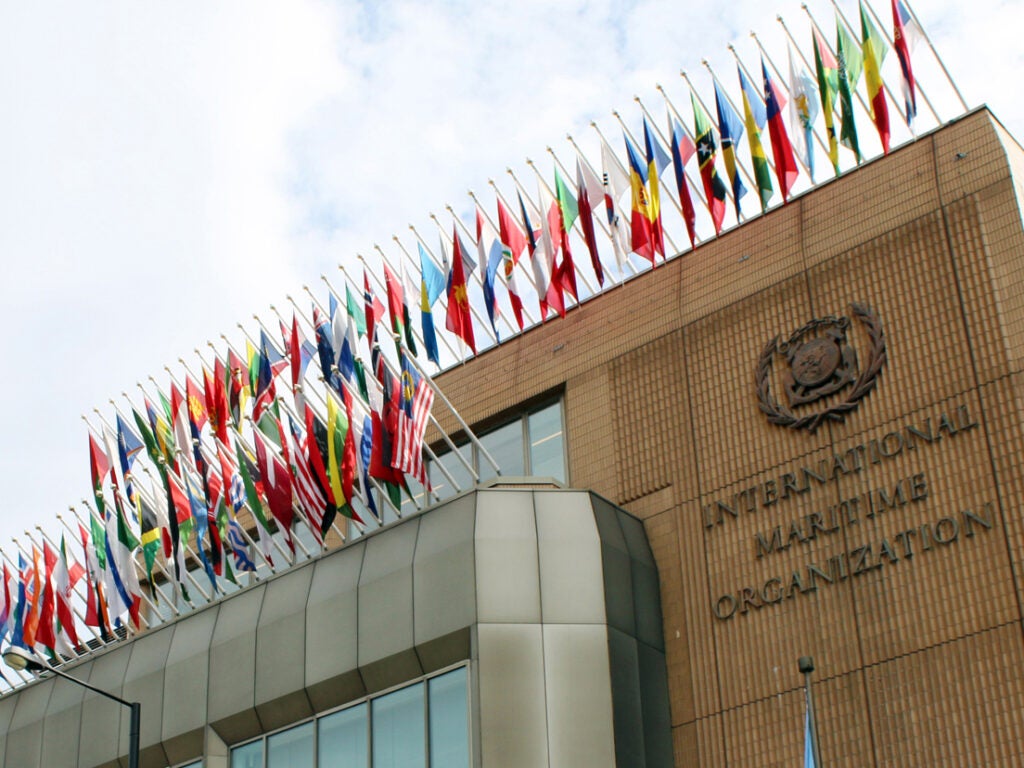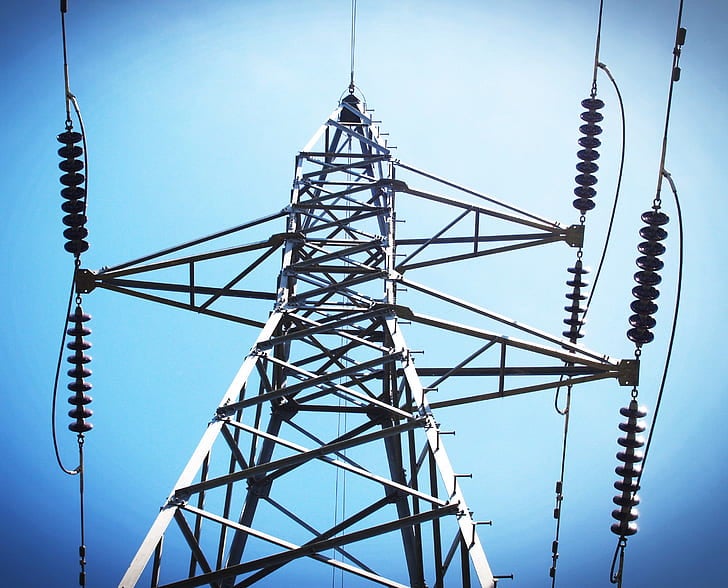- GM supports emergency response with electric vans: General Motors donated their Chevy BrightDrop electric vans to the American Red Cross to enhance emergency response operations nationwide and advance the organization’s Community Adaptation Program.
- Electric vehicle adoption expands across sectors: San Diego introduced four zero-emission electric patch trucks to improve road maintenance, while Janus Electric launched its first U.S. pilot with two Class 8 battery-swapping trucks for Ability Trimodal Transportation Services in Southern California.
Energy Exchange
September 2025: Electric trucks, buses round-up
Posted in Electric Vehicles Comments are closed
Blending Hydrogen into New Jersey Gas Pipelines is Not a Viable Decarbonization Strategy
By Curt Stokes, Director and Senior Attorney, Environmental Defense Fund
- A 20% hydrogen blend by volume wastes 70% of its energy before it reaches households, demands 1.8 times more clean electricity than New Jersey needs to decarbonize its entire economy, and cuts building emissions by only 5%.
- By contrast, electric heat pumps deliver the same heat output using 87% less renewable electricity and can nearly eliminate building emissions.
Posted in General Comments are closed
Electric Trucks and Buses: A Challenge and Opportunity for Rural Co-Ops
By Dakoury Godo-Solo, Environmental Defense Fund and Lidiya Kassahun and Margarita Parra, Clean Energy Works
- Rural electric co-ops face both challenges and opportunities as electric trucks and buses drive new demand. Proactive planning is essential to avoid costly grid upgrades, as well as missed economic and public health benefits.
- A new report prepared by Clean Energy Works for EDF makes the case that by acting proactively now, rural co-ops can accommodate (and even attract) medium and heavy-duty EVs while also reducing long-term grid upgrade costs to their members.
Posted in General Comments are closed
A Fair Transition is on the Horizon for Shipping Sector this October
- The International Maritime Organization will have its chance to show leadership by adopting the Net Zero Framework, a set of global measures that include a fuel standard that accounts for the full lifecycle emissions of marine fuels and a legally binding greenhouse gas pricing mechanism to help steer international shipping toward net-zero emissions by 2050.
- For shipping’s transition to be lasting and effective, climate action must be Just and Equitable. By fairly addressing unequal impacts and benefits and amplifying the voices of those most affected, Member States can ensure solutions that are both impactful and sustainable for all.
Posted in General Comments are closed
New York’s new grid planning framework looks to meet growing energy demand
- With electricity demand increasing for the first time in a generation, the New York Public Service Commission issued an order that takes technical and procedural steps to facilitate long term planning for customer needs.
- The order establishes forward-thinking practices for how utilities should plan grid investments — while leaving important questions unresolved.
Posted in General Comments are closed
Truly clean hydrogen is desperately needed: Will an ISO Standard help or hinder its climate potential?
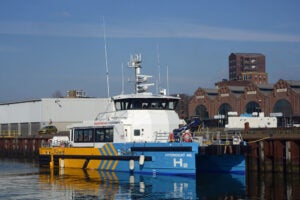 By Morgan Rote, Pete Budden and Joe Williams
By Morgan Rote, Pete Budden and Joe Williams
- The first international hydrogen standard is poised to shape national hydrogen policies, but in its current form it overlooks critical science on electricity sourcing, methane leakage and hydrogen’s own warming impacts — risking the credibility of clean hydrogen as a true climate solution.
- To ensure hydrogen delivers real climate benefits and advances COP30’s clean energy transition goals, the hydrogen standard should include robust, science-based guardrails.
Posted in Hydrogen Comments are closed










